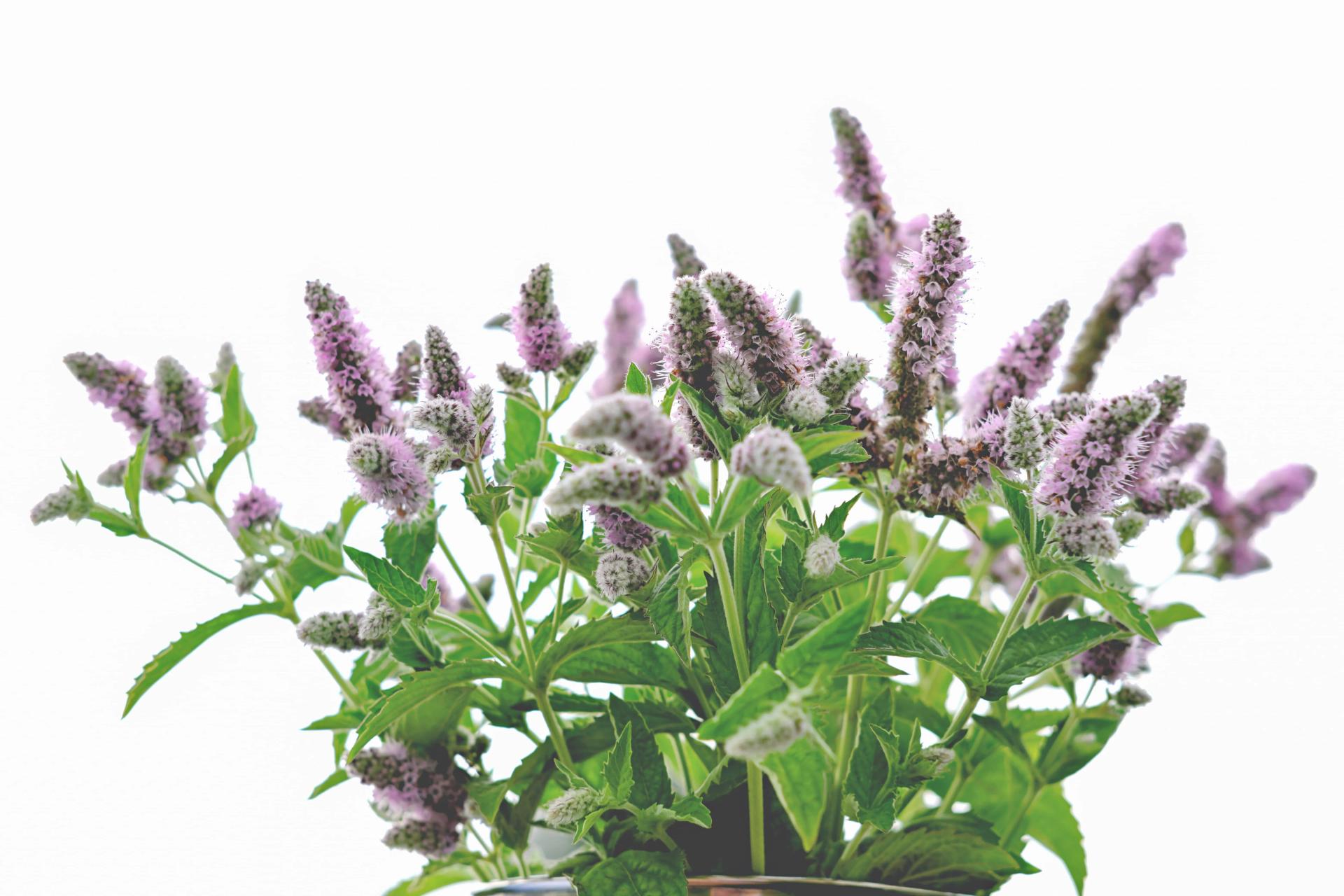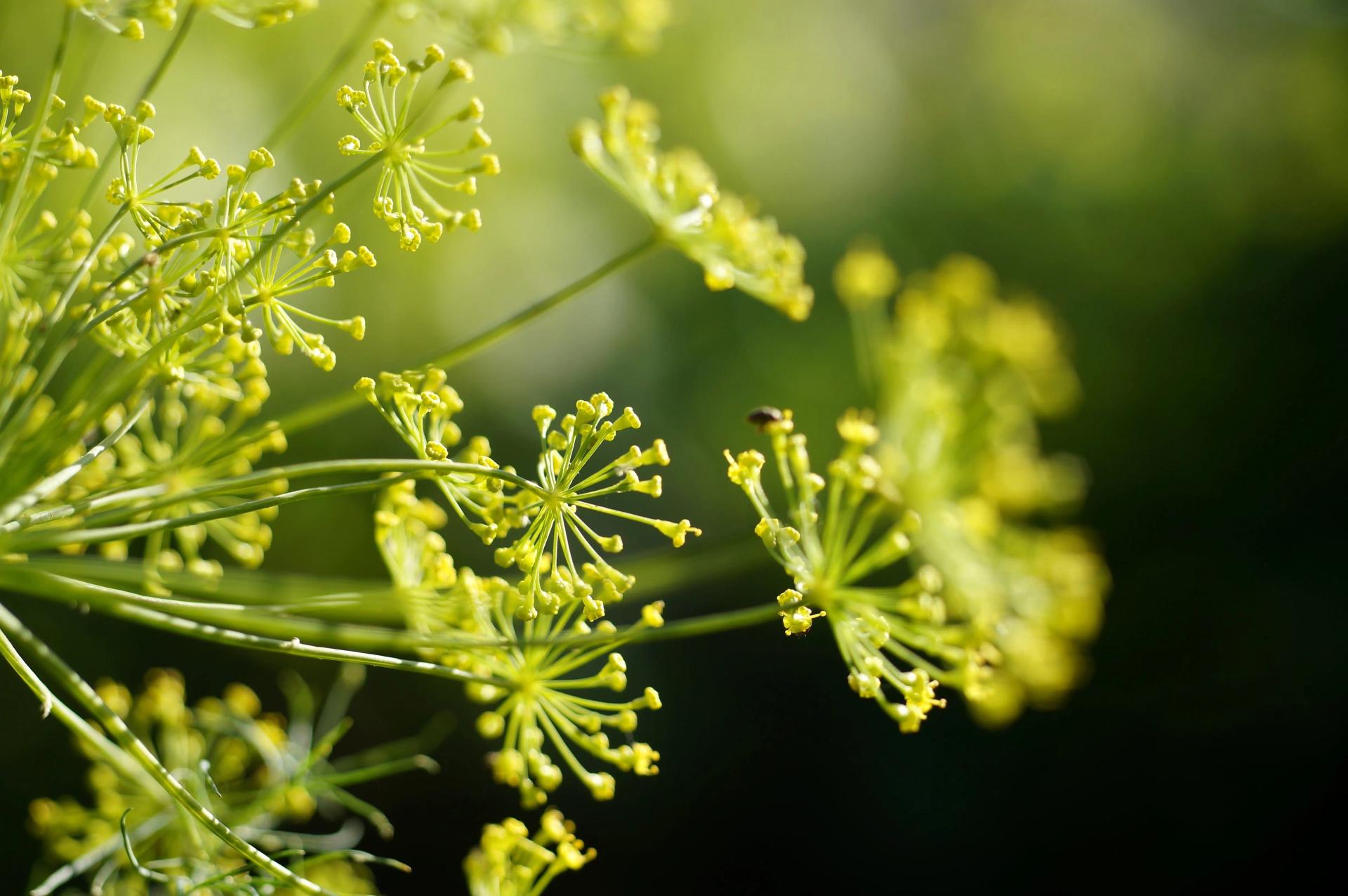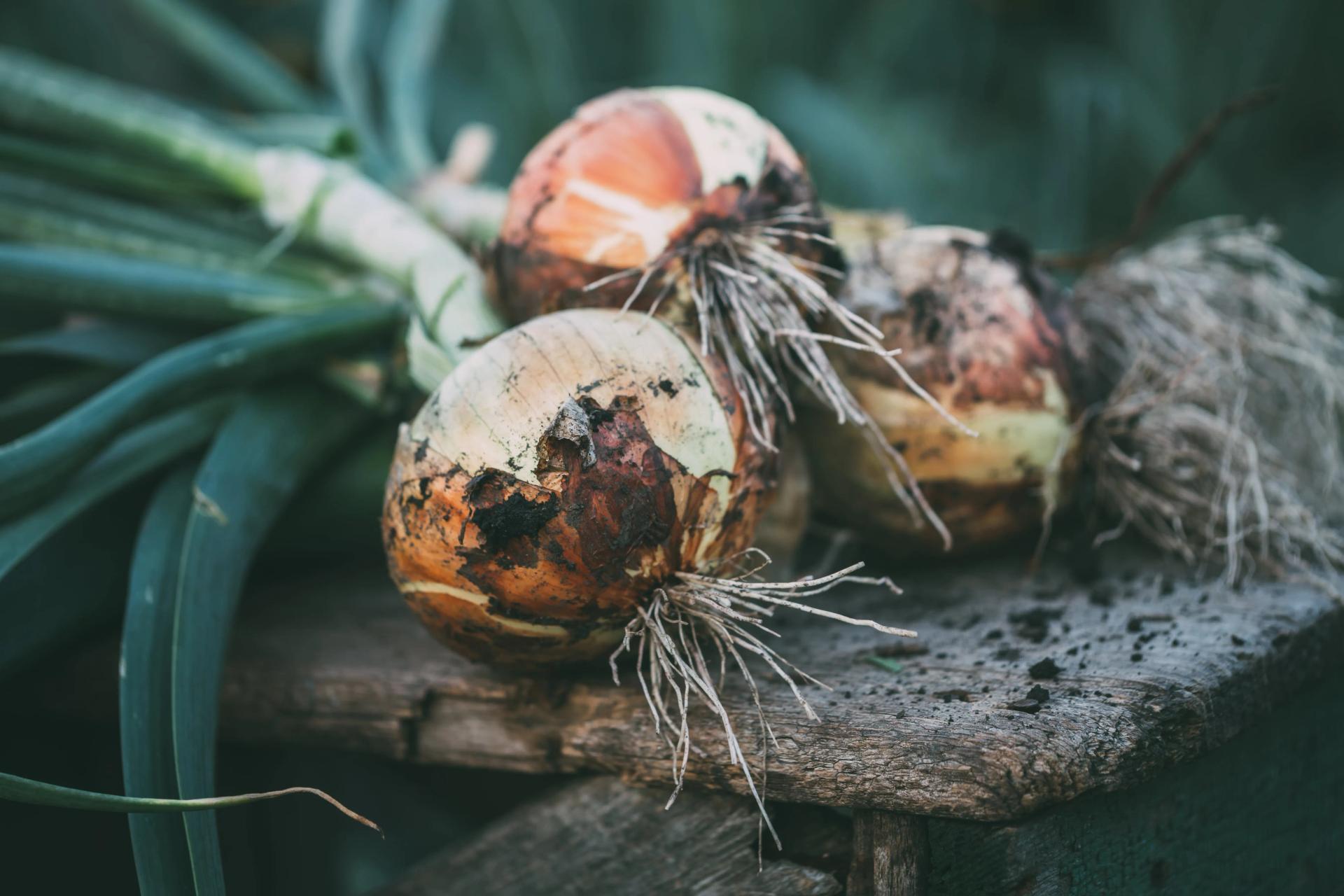Strawberries are a sweet treat that usually brings about warm summer-time memories. However, many gardeners may have ideas of pests, poor harvests, and insect-devoured fruits instead. Consider companion gardening! Strawberry companion plants are often beautiful and useful in their own right, not to mention integral in guaranteeing you and your family are the ones enjoying the strawberry harvest, not the local pest community.

Do Strawberries Need Companion Plants?
Companion planting for strawberries is not necessary for them to grow well. However, it may be useful if you find yourself struggling with pests and diseases in your strawberry patch.
What Is the Best Companion Plant for Strawberries?
Several companion plants work well, though only one is the real strawberry companion plant MVP: borage. Borage is the best companion plant for strawberries because it attracts pollinators and beneficial insects while also repelling insects that cause damage to plants.
The Most Beneficial Outdoor Strawberry Companion Plants
With so many plants to choose from, it can be difficult to figure out what to plant with strawberries. Fortunately, there are many available options that can help your berries grow, whether you’re looking to add some more edible foods to your garden or some decorative flowers. Here are some examples:
Herbs
The herbs described below are usually good for pest deterrents, and many can double as edible additions to homemade meals!
Cilantro
Cilantro is a powerhouse in deterring pests like lacewings and aphids. It can be sown into the garden after planting strawberry transplants, or, alternatively, mature plants can be planted together. Leaves that were not affected by pests are usually added to salsas, sauces, or as a garnish for your favorite savory dishes.
Thyme
This is another useful culinary herb used as ground cover between strawberry plants. It helps to smother any weeds and prevent competition for nutrients, so the strawberry plants get everything they need for a fruitful harvest. Sowing seeds or transplanting more mature plants can be done in the same way as for cilantro.
Borage
Borage is the poster child for companion planting success when combined with strawberries. One plant in the middle of a row of strawberries, about every 3-4 feet apart (90-100 cm), is sufficient to bring about the predatory insects that can save a strawberry harvest. Timing is important if you want the strawberry and borage plants to flower at the same time for optimal pollinator activity. Plus, its dainty blue flowers are reason enough to grow this versatile herb in your garden.

Vegetables
Growing fruits and veggies simultaneously, minding how the plants benefit each other, is a win-win situation if we’ve ever seen one.
Peas
Peas and other legumes are nitrogen-fixing plants, which help to keep nitrogen in the soil. This benefits strawberries by having a steady supply of nitrogen to keep them healthy during the growing process, and nutrient-dense soil usually leads to tastier fruits. Pea plants can be transplanted into the garden a couple of weeks prior to adding the strawberries to get a head start on the soil.
Bush Beans
Another legume, these beans will add beneficial nitrogen-fixing bacteria to the soil as well as repelling hungry garden beetles. Add to the garden a couple of weeks before adding in your strawberries. Choose mature specimens that are producing (or already have) pods on their stalks to deflect any beetles that may be eagerly awaiting for something to chomp on.
Spinach
Strawberry and spinach plants work well together on the plate and in the garden. Spinach is a good choice for companion planting because it produces compounds called “saponins” which are natural insect repellents. Sow seeds in your garden after transplanting small strawberry plants, or plant mature specimens together at the same time.

Flowers
If you’re looking for a pop of color or just don’t want to worry about harvesting edible crops, here are some flower options for companion planting:
Marigold
The strong scent of a marigold is enough to repel different kinds of pests, from insects to rabbits. Additionally, these flowers are bright and attractive, not only to people but also to beneficial insects like pollinators. Marigolds should be flowering at the same time as your strawberries for maximum pollinator effectiveness.
Lupin
A visually stunning plant, lupin should be in every garden. In combination with strawberry plants, lupin provides the same nitrogen-fixing benefit as other legumes and can even deter birds from the ripe strawberries. Lupins also attract beneficial insects like butterflies and bees. Time the planting so that the strawberries and lupins flower at the same time.
Nasturtium
These pest-deterrent plants come in a variety of colors for easy customization of your garden. Additionally, the bright colors attract beneficial insects to your garden. Simply sow these seeds at the same time as transplanting your strawberry plants, or transplant these sprawling flowers around established strawberry plants.

Other Plants
These plants may not be the first that comes to mind when wondering what grows well with strawberries but don’t let these underdogs slide under your radar when considering what to add to your strawberry garden.
White Clover
Clovers are also nitrogen-fixers that spread to help suppress weeds. Seeds can be sown around the plants when planting strawberries (not in between).
Crimson Clover
Crimson clover also helps suppress weed growth and can bring in beneficial bugs to improve the overall health of your garden.
Catnip
This herb is not just for cats! Catnip has insect-deterrent abilities, especially effective against mites and aphids, which love strawberries. Plant catnip when you plant strawberries or transplant mature plants into the garden at the same time.

Companion Plants That Keep Bugs Away
One of the key reasons for companion gardening is to be able to naturally deter pests from your plants without the use of pesticides. While there are many plants capable of doing this, here are a few that work well with strawberries:
- Caraway. Caraway is effective at attracting predatory insects to your garden, which helps with natural pest control. Predatory wasps are attracted to these plants, which then will hunt any aphids or mites that are lingering around your plants.
- Chrysanthemum (“Mums”). Mums contain a compound called “pyrethrin” which is a natural insect repellent effective against invasive Japanese beetles, ants, and spider mites.
- Alliums. Most pests detest strong odors, so anything allium can keep pests away! Onions, leeks, and garlic are just a few effective pest-deterrent plants.

Where Is the Best Place to Plant Strawberries?
Strawberries need full sun for at least six hours, though eight is even better, and ten is the best you can do for your strawberries. The place you plant your strawberries and companion plants should have fertile and well-draining, slightly acidic soil.
But, what to plant strawberries in? Strawberries grow well in the ground, in raised beds, and in containers. Hanging pots can even be used to show off the trailing growth habit of strawberries and can be helpful if you’re gardening in a small space.
What to Plant with Strawberries
In Container
Wondering what to plant with strawberries in container garden? Look no further for ideas! These space-saving plants work well in smaller spaces with strawberry plants:
- Sage. Sage doesn’t take up much room in a container and deters pests from your strawberries due to the strong scent the plant emits.
- Chives. Chives also have a strong allium odor that deters pests and can be easily planted and maintained in small spaces with strawberries.
- Dill. Dill has the same space-saving benefits as the other herbs listed, but it can also help to draw in beneficial insects like pollinators to your container strawberry plant.

In Raised Bed
- Lettuce. Lettuce provides a physical shield to your strawberry plant by hiding away the bright red fruits that are attractive to birds and other pests. Pick larger-leaved varieties for best results.
- Radish. Radishes don’t compete for the same nutrients as strawberries but can help bring pollinators to the garden. Having a variety of pollinators not only helps out the plants in your garden but also helps to keep the health of your local ecosystem robust and encourages species diversity.
- Onion. The strong smell of onions will deter insect and animal pests away from your raised beds.

Bad Companion Plants for Strawberries
Bad companion plants are usually those that compete for the same space and nutrients as the intended plant to grow and often will out-compete strawberries.
- Broccoli. Broccoli competes heavily with strawberries for the same nutrients, so planting these two together will yield a poor strawberry harvest.
- Roses. Roses and strawberries are in the same family, so it’s no wonder the two shouldn’t be planted together since they will compete for the same nutrients and space in the soil. Additionally, roses are susceptible to the same diseases as strawberries, which can easily spread between the two plants if they’re located near each other.
- Tomatoes. Mainly tomatoes and other nightshades should be avoided for companion planting with strawberries due to the risk of verticillium disease.

Rules of Companion Planting for Strawberries
Companion planting can be simple once you become more familiar with what plays well together, but starting out can be intimidating. Here are some basic rules to follow and things to be aware of when you begin your journey into companion planting:
- Timing Is Everything. Make sure you’re selecting plants that will flower at the same time as your strawberry plants. Many companion plants work so well because they attract the same kind of pollinators needed for the strawberries. Make a plan for your companion garden, so you have an idea of when it is time to plant strawberries and sow seeds for other companion plants.
- Be Wary of Pests and Diseases. Avoid placing plants that are susceptible to the same pests or diseases together in case there is an outbreak. If the susceptible plants are planted far away from each other, there is more time for you to take action before the entire garden becomes affected in the case of a disease or pest outbreak.
- Know Your (Plant’s) Neighbors. Just because some plants are good for strawberries doesn’t mean they’re good for everything else in the garden. When planning your companion plants, make sure everyone will play well together, especially the ones placed right next to each other.

FAQ
Can You Plant Cucumbers With Strawberries?
Cucumbers should be avoided when considering companion plants for strawberries because they would shade out the strawberry plant, reducing the yield and competing with the strawberries for the same nutrients.
Can You Plant Marigolds With Strawberries?
Marigolds are suitable for strawberry companion planting because they do not compete for space or nutrients, and can also repel harmful nematodes found in the soil, which can wreak havoc on strawberry plants.
What Can Grow Well With Strawberries?
Many herbs, flowers, and common garden vegetables can grow well with strawberries; marigolds, mums, sage, and onions are just a few of the many plants making good strawberry companions.
Does Companion Planting Affect Strawberry Yield or Flavour?
Yes, companion planting can make strawberries sweeter and more productive. Herbs like borage and thyme attract pollinators, while legumes improve soil health. And healthier plants mean bigger harvests and better flavor!
